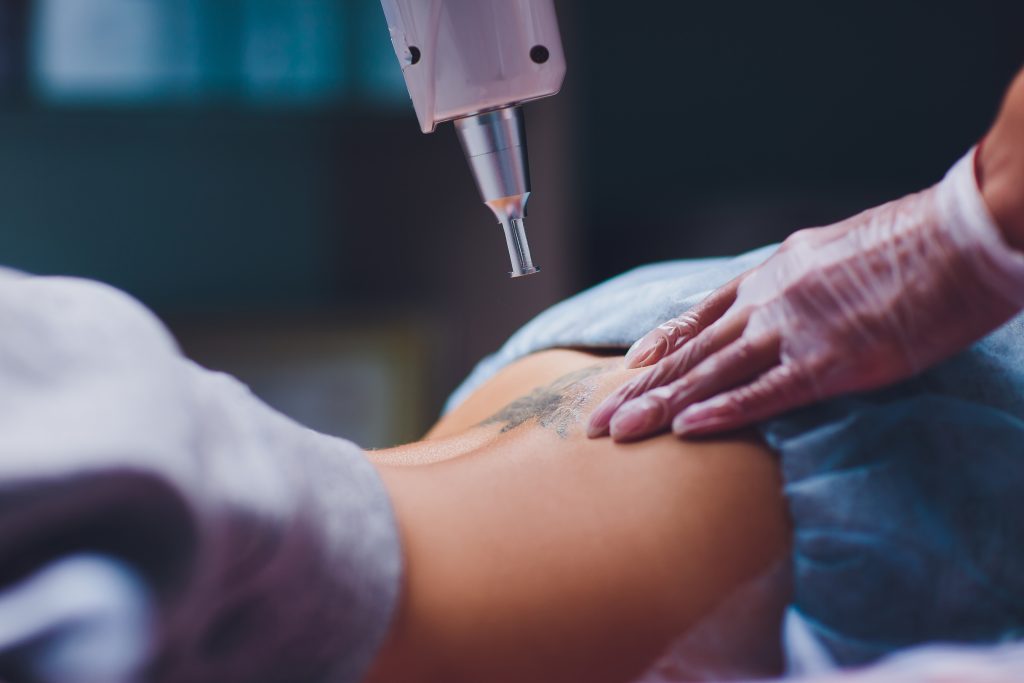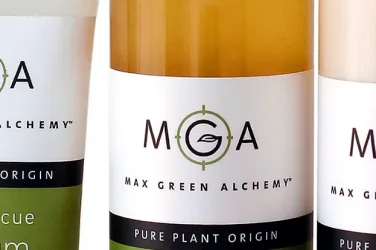
BY CHERYL ALEXANDER
Like a lot of things in Texas, tattoos are a big deal, and lots of people have them. However, sometimes our love affairs with our tattoos are more short-lived than a BBQ rib on a hot pit, and we want them gone — yesterday.
A tattoo consists of ink suspended in the skin. Our immune systems remove small foreign particles from our skin, but tattoo ink particles are too big, and thus, are permanent. A variety of options for removal are available.
Laser removal, the most common method, targets the ink particles with light waves that heat and break the ink into smaller pieces removed by the immune system. Complete removal may take one to 10 sessions. Some colors of ink are more difficult to remove than others and may not ever completely disappear. A six-week wait between each laser session allows the wounds to heal and the body to absorb as much of the ink as is possible. Many patients consider laser removal somewhat painful (like having a heavy rubber band repeatedly snapped against the skin), so laser aestheticians may apply topical skin numbing medications before the treatment. Expect the resulting wound to heal in around five days.
Because other methods of tattoo removal are more invasive than laser removal, they are less common. These methods include dermabrasion, chemical peels, and surgical excision of the tattoo.
Dermabrasion is a surgical method that uses a medical grinding tool to remove the outer layers of the skin that contain the tattoo ink particles. Because this procedure is painful, either a local or regional anesthetic or general anesthesia may be applied. An open wound requiring care will result. These wounds typically take between 10 to 14 days to heal, and more than one session will likely be necessary. Significant scarring may occur.
Chemical peel removal involves applying a mild acid — trichloroacetic acid or TCA — to the skin to remove the outer layers that contain ink. Peels may be somewhat painful but typically do not require the use of an anesthetic. TCA peels can also result in an open wound that will typically heal in approximately five to seven days.
Surgical excision requires cutting out the skin that contains the tattoo, pulling together the surrounding tissue, and then closing the skin with stitches. This method is best for small tattoos and will likely require the use of local, regional, or even general anesthesia, depending on the tattoo size. Patients should expect surgical excision to result in a scar.
It’s vital to carefully follow your provider’s aftercare instructions for each of these procedures. Typically, they can include daily gentle cleansing with mild soap and water and application of an antibiotic ointment. Some of the more aggressive treatments may require covering the wound with a dressing for a specified time.









